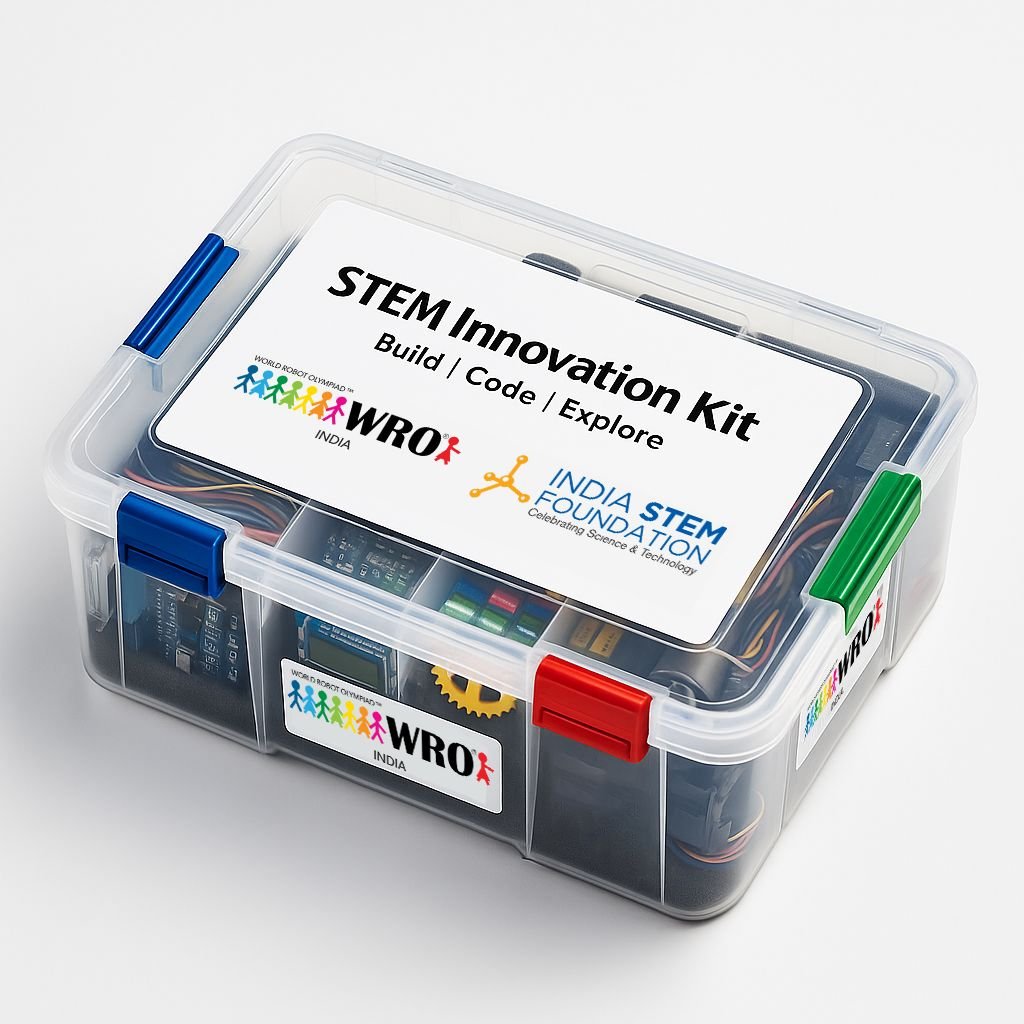STEM fields—science, technology, engineering, and mathematics—are becoming more and more important in today’s world. They tackle the pressing shortage of competent workers in sectors essential to technological innovation. Pupils who receive a STEM education are more capable of managing challenging circumstances, keeping up with technological advancements, and making valuable contributions to society. STEM education is crucial for fostering critical thinking abilities in kids and inspiring them to tackle real-world challenges in light of the rapid advancements in technology. In today’s competitive, internationally interconnected employment market, it also cultivates creativity, adaptability, and teamwork—all essential traits.
There are several advantages to STEM education that help the entire country. It lays the groundwork for future vocations by fostering critical thinking, creativity, and problem-solving abilities at an early age. Children can investigate science, technology, engineering, and maths in an interactive way by participating in STEM education, which piques their curiosity and promotes experimentation. Children who get this exposure become more robust and adaptive, which better equips them for a workforce that is always changing. In order to ensure that pupils are successful in STEM subjects, teachers are essential in fostering these talents.
The Importance of STEM Learning
Teaching STEM to children has several benefits that could benefit the entire nation. It first helps to build critical thinking, creativity, and problem-solving skills at a young age. This essential learning experience lays the foundation for future career and academic endeavors.Second, by engaging in STEM education, children can discover the wonders of science, technology, engineering, and maths in an engaging and interactive way.
This sparks curiosity, encourages experimentation, and facilitates discoveries, all of which broaden our understanding of how the world functions. Children who are exposed to STEM courses grow more resilient and adaptable, which better equips them for a workforce that is always evolving as a result of technological advancements. In addition, teachers are essential in helping kids develop and grow their STEM abilities and making sure they are proficient in these important areas.
21st-Century Skills and Hands-on-Learning
Through hands-on activities, experiments, and interactive learning, STEM education cultivates children’s interest and enthusiasm for learning. Their early exposure fosters in them a passion for learning that lasts a lifetime. Additionally, it develops critical 21st-century skills by guaranteeing that everyone may participate, regardless of gender, financial background, or geography, and by fostering inclusivity and accessibility. Underrepresented groups are more likely to participate in STEM education when resources, scholarships, and mentorship programs are made available.
STEM programs foster an innovative culture by promoting research and invention and emphasizing experiential learning, critical thinking, and creative thinking. Prioritizing practical experience allows students to have access to cutting-edge resources, equipment, and technology for in-depth instruction. Problem-solving tasks and projects foster creative thinking and result in ground-breaking inventions. Another major emphasis is critical thinking, which teaches pupils to evaluate the facts, challenge presumptions, and come to reasoned conclusions.Important elements include matching students with seasoned mentors who can offer advice, impart knowledge, and offer insightful commentary. Aspiring researchers and innovators are supported by these mentorship programs, which encourage creativity.
Experiential learning has emerged as a critical pedagogical approach to provide students with the tools they need to thrive in the rapidly evolving 21st-century technology landscape. Hands-on learning, also known as experiential learning, has several benefits that are essential for surviving in the complex world of today.By enabling students to directly relate to the material and ideas, it promotes active engagement. Engaging in active engagement improves knowledge and retention, resulting in a more thorough comprehension of the material. Furthermore, practical exercises enhance critical thinking, creativity, and problem-solving abilities—all essential qualities required to keep up with the rapidly advancing field of technology. Students who participate in hands-on learning are more likely to cooperate and communicate with one another as they work together to solve challenges and finish projects.
Early STEM Education Exposure Is Important
In today’s fast-paced, technologically-driven world, the value of early STEM exposure cannot be overstated. Children who are exposed to STEM classes at a young age develop critical thinking, creative problem-solving, and brain development—all crucial abilities in a world that is becoming more and more technologically advanced.
Versatility and Interdisciplinary Approach: The interdisciplinary approach in STEM education helps to solve complex problems by bridging the barriers between various professions. Since entrepreneurs typically work at the intersection of multiple domains, STEM education gives them the skills and knowledge to combine ideas from different fields to provide original solutions.
Technical know-how and flexibility: Given the state of modern technology, entrepreneurs must be knowledgeable about it. STEM education may teach people how to use innovations to spur creativity and develop technology awareness. It also encourages flexibility, which aids business owners in navigating quickly evolving technology environments.
Encouraging Creativity and Innovation: Entrepreneurship requires creativity and inventiveness. STEM education encourages exploration, discovery, and unorthodox thinking—qualities that are critical to becoming a successful entrepreneur. It fosters a culture of inquiry and discovery and gives students the skills they need to identify problems, find solutions, and successfully innovate.
Develop 21st-Century Competencies: The study of STEM subjects includes more than just technical schooling. It improved 21st-century abilities like critical analysis, teamwork, and communication. These abilities are essential for entrepreneurs since they must collaborate with a variety of teams, analyze prospects and market demands, and effectively express ideas.
The Role of STEM Labs in Education STEM labs are equipped with cutting-edge tools like microscopes, 3D printers, and simulation software to give students hands-on learning opportunities that are crucial for deep comprehension of scientific concepts. These labs provide an immersive learning environment where students can explore and create, further solidifying their mastery of STEM subjects.
In conclusion, The STEM professions are essential in today’s society because they answer the pressing need for competent personnel in technological advancement and innovation. STEM education prepares students to solve problems, stay up to date with technology, and make valuable contributions to society. It encourages teamwork, creativity, and critical thinking—all skills necessary in today’s cutthroat employment market. Early STEM exposure fosters curiosity, adaptability, and core abilities, preparing them for a workforce that is changing quickly. Teachers are essential in helping kids develop these skills and succeed in STEM fields.




